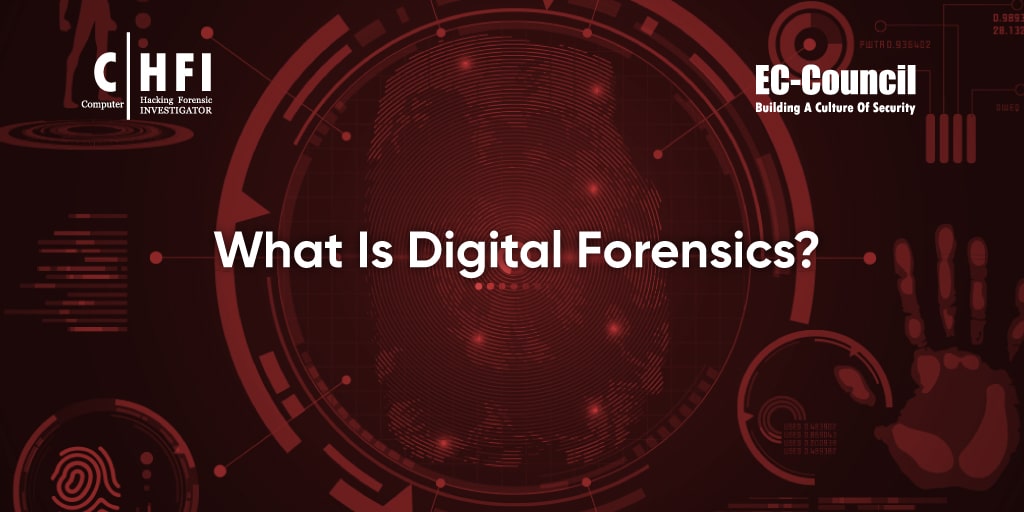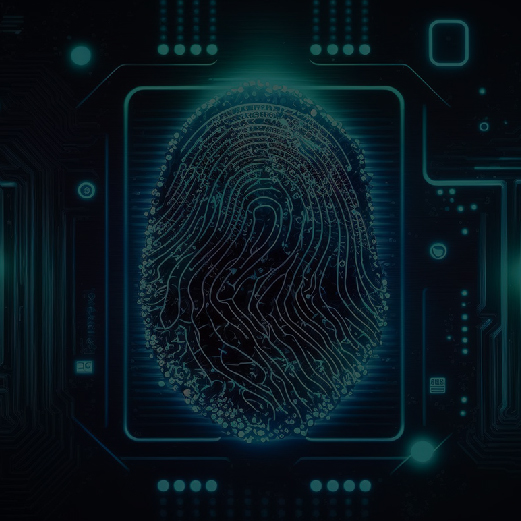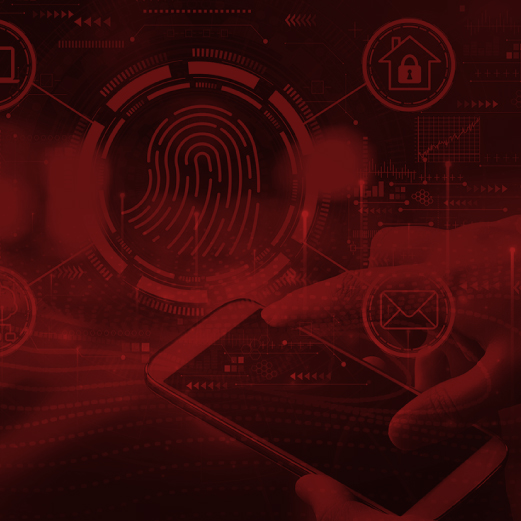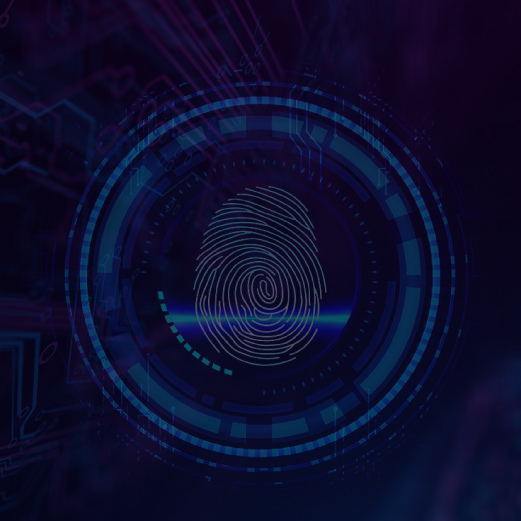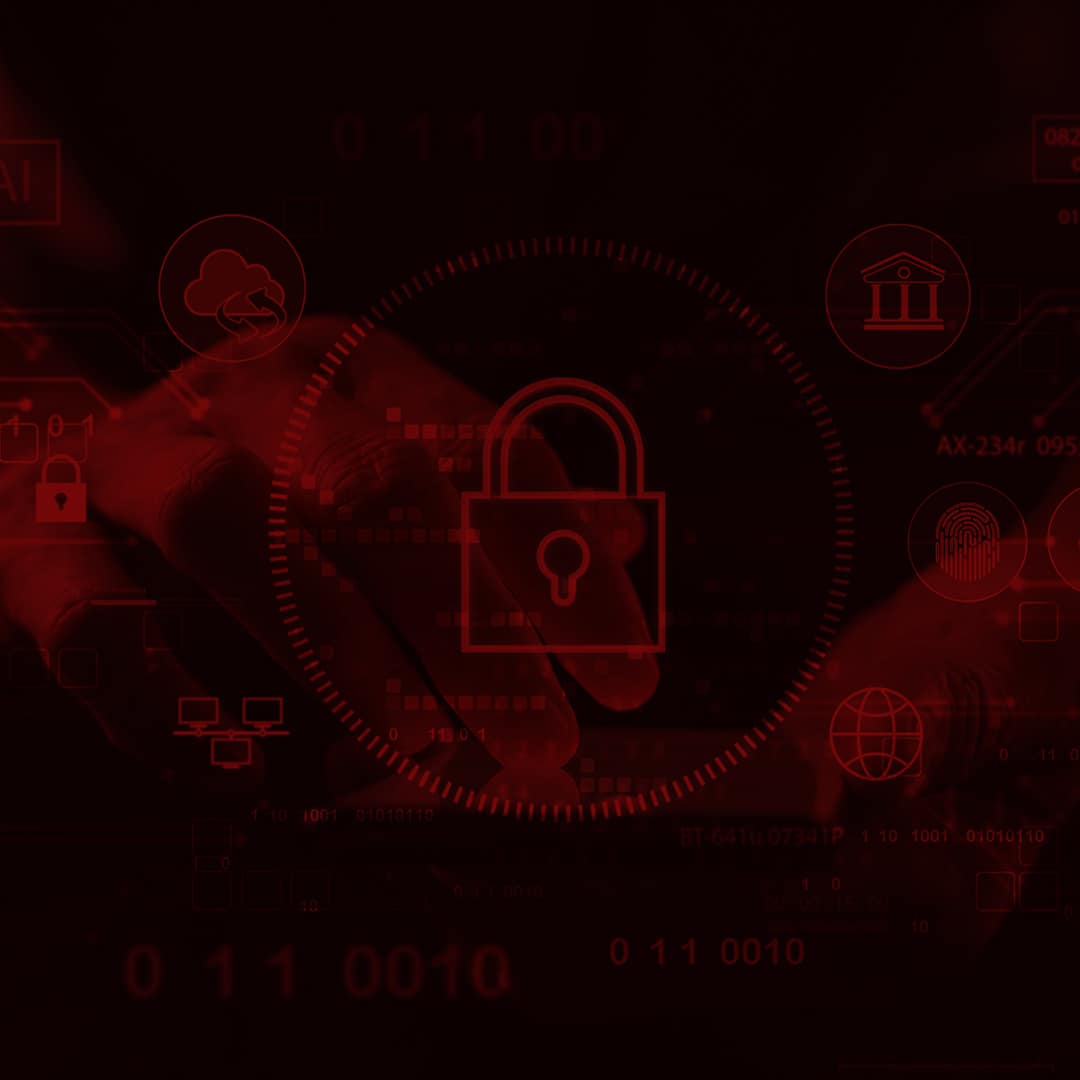Digital forensic science is a branch of forensic science that focuses on the recovery and investigation of material found in digital devices related to cybercrime. The term digital forensics was first used as a synonym for computer forensics. Since then, it has expanded to cover the investigation of any devices that can store digital data. Although the first computer crime was reported in 1978, followed by the Florida computers act, it wasn’t until the 1990s that it became a recognized term. It was only in the early 21st century that national policies on digital forensics emerged.
Digital forensics is the process of identifying, preserving, analyzing, and documenting digital evidence. This is done in order to present evidence in a court of law when required.
How Well Do You Know Digital Forensics?
Steps of Digital Forensics
1. Identification
2. Preservation
Next, isolate, secure, and preserve the data. This includes preventing people from possibly tampering with the evidence.
3. Analysis
4. Documentation
When Is Digital Forensics Used in a Business Setting?
5. Presentation
When Is Digital Forensics Used in a Business Setting?
For businesses, Digital Forensics is an important part of the Incident Response process. Forensic Investigators identify and record details of a criminal incident as evidence to be used for law enforcement. Rules and regulations surrounding this process are often instrumental in proving innocence or guilt in a court of law.
Learn How Important Cyber Forensics Is for a Business
Who Is a Digital Forensics Investigator?
A Digital Forensics Investigator is someone who has a desire to follow the evidence and solve a crime virtually. Imagine a security breach happens at a company, resulting in stolen data. In this situation, a computer forensic analyst would come in and determine how attackers gained access to the network, where they traversed the network, and what they did on the network, whether they took information or planted malware. Under those circumstances, a digital forensic investigator’s role is to recover data like documents, photos, and emails from computer hard drives and other data storage devices, such as zip and flash drives, with deleted, damaged, or otherwise manipulated.
History of Digital Forensics
How Is Digital Forensics Used in an Investigation?
Digital footprint is the information about a person on the system, such as the webpages they have visited, when they were active, and what device they were using. By following the digital footprints, the investigator will retrieve the data critical to solving the crime case. To name a few –Matt Baker, in 2010, Krenar Lusha, in 2009, and more cases were solved with the help of digital forensics.
Cyber forensic investigators are experts in investigating encrypted data using various types of software and tools. There are many upcoming techniques that investigators use depending on the type of cybercrime they are dealing with. Cyber investigators’ tasks include recovering deleted files, cracking passwords, and finding the source of the security breach. Once collected, the evidence is then stored and translated to make it presentable before the court of law or for police to examine further. The role of cyber forensics in criminal offenses can be understood with a case study: cold cases and cyber forensics
Recent Case Study –
Thousands of digital devices that have been seized by police as evidence for alleged crimes, including terrorism and sexual offenses, are sitting in storage in a growing backlog that investigators are struggling to tackle.
In the lack of efficient resources to analyze the evidence, the PA news agency has found that 12,122 devices (includes phones, tablets, and computers) are awaiting examination across 32 forces. Unlikely, the backlog has remained the same previous year resulting in hampering prosecutors in criminal cases. In another case, a Times investigation from the last year confirmed awaiting examination of 12,667 devices from 33 police forces. The long-pending investigations show how overwhelmed a digital forensic team is due to the sheer volume of digital evidence collected.
Phases of Digital Forensics
What Are Digital Forensics Tools?

The Sleuth Kit
The Sleuth Kit (earlier known as TSK) is a collection of Unix- and Windows-based utilities that extract data from computer systems. It is an open-source software that analyzes disk images created by “dd” and recovers data from them. With this software, professionals can gather data during incident response or from live systems. Professionals can integrate TSK with more extensive forensics tools.
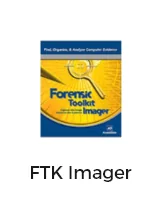
FTK Imager
FTK Imager is an acquisition and imaging tool responsible for data preview that allows the user to assess the device in question quickly. The tool can also create forensic images (copies) of the device without damaging the original evidence.

Xplico
Xplico is a network forensic analysis tool (NFAT) that helps reconstruct the data acquired using other packet sniffing tools like Wireshark. It is free and open-source software that uses Port Independent Protocol Identification (PIPI) to recognize network protocols. The tool is built on four key components: Decoder Manager, IP Decoder, Data Manipulators, and Visualization System.
Here are a few more tools used for Digital Investigation

Digital Forensics Job Profiles
If you have good analytical skills, you can forge a successful career as a forensic
computer analyst, tracing the steps of cybercrime
The role of a forensic computer analyst is to investigate criminal incidents and data breaches. These forensic analysts often work for the police, law enforcement agencies, government, private, or other forensic companies. They use specialized tools and techniques to retrieve, analyze, and store data linked to criminal activity like a breach, fraud, network intrusions, illegal usage, unauthorized access, or terrorist communication.
Key Job Roles of a Digital Forensic Investigator
- Cyber Forensic Investigator
- Forensic Analyst, Senior
- Digital Forensics Analyst-Mid-Level
- Senior Digital Forensics and Incident Response
- Senior Consultant, Digital Forensics
- Security Analyst (Blue Team) – Forensic investigation
- Cybersecurity Forensics Consultant
- Senior Associate-Forensic Services-Forensic Technology Solutions
- Computer Forensic Technician
- Digital Forensics Analyst
- Senior Principle, Digital Forensics
- Security Forensics Analyst (SOC)
- Digital Forensics Analyst, Senior
- Forensics Engineer
Skills Required to Become a Digital Forensic Investigator
Employers look for certified forensic investigators with key digital forensic skills, including: are as follows:
- Defeating anti-forensic techniques
- Understanding hard disks and file systems
- Operating system forensics
- Cloud forensic in a cloud environment
- Investigating email crimes
- Mobile device forensics
The Average Salary of a Digital Forensics Investigator
Is Digital Forensics a Good Career?
As per Payscale, the average salary of a Digital Forensic Computer Analyst is $72,929
Requirements to Become a Forensic Expert
- Bachelor’s degree in Computer Science or Engineering
- Bachelor of Science in Cyber Security (preferred)
- Master of Science in Cyber Security with Digital Forensic specialization (preferred)
- For Internship – No experience required
- For Entry-level Forensic Analysts – 1 to 2 years of experience is required
- For Senior Forensic Analyst – 2 to 3 years of experience is the norm
- For Managerial level – more than 5 years of experience
- Knowledge of computer networks – network protocols, topologies, etc.
- Knowledge of various operating systems – Unix, Linux, Windows, etc.
- Familiarity with different computer programming languages – Java, Python, etc.
- Understanding of computer hardware and software systems
- Expertise in digital forensic tools – Xplico, EnCase, FTK Imager, and hundreds of others
- Cloud computing
Forensic experts must have report writing skills and critical thinking.
The Life of a Digital Forensic Investigator
Challenges a Computer Forensic Analyst Faces
The most notable challenge digital forensic investigators face today is the cloud environment. While cloud computing is incredibly beneficial to an organization, they are also challenging for forensics investigators. The basic principle that the cloud is somebody else’s computer holds some truth, but huge server farms host most data. Since the cloud is scalable, information can be hosted in different locations, even in different countries. This makes it extremely difficult to gather accurate and trusted evidence in a case because establishing a proper chain of custody becomes nearly impossible. In addition, the jurisdiction of the data must be considered since different laws apply to depend on where it is located.
How Can CHFI Help You Become a Skilled Cyber Forensic Investigation Analyst?
The rising significance of digital forensics is creating an increased demand for computer forensic talent. As the role requires a specific set of skills that can be acquired via formal education and practice, EC-Council has the Computer Hacking and Forensic Investigator (CHFI) program to offer to those aspiring to become cyber professionals. The CHFI certification will fortify the application knowledge of law enforcement personnel, security officers, network administrators, legal professionals, and anyone concerned about the integrity of the network infrastructure. EC-Council’s CHFI is a vendor-neutral comprehensive program that encapsulates the professional with required digital forensics knowledge.
10 Reasons Why the CHFI Is Your Go-to for All Things Digital Forensics
1. Methodological Approach
CHFI presents a methodological approach to computer forensics, including searching and seizing digital evidence and acquisition, storage, analysis, and reporting of that evidence to serve as a valid piece of information during the investigation. A CHFI can use different methods to discover data from a computer system, cloud service, mobile phone, or other digital devices.
2. Comprehensive Online Learning
It is a comprehensive program that comprises 14 modules and 39 lab sessions. The program can be taken completely online with a duration of 40 hours, during which you will be trained on the computer forensics and investigation process. CHFI also helps you understand the law enforcement process and rules that guide you through the legal process of investigation.
3. Include Real-Time Forensic Investigation Scenarios
CHFI includes major real-time forensic investigation cases that were solved through computer forensics. The study enables students to acquire hands-on experience in different forensic investigation techniques that were adopted from real-life scenarios.
4. Pre-Requisite
5. ANSI Accreditation
EC-Council is one of the few organizations that specialize in information security (IS) to achieve ANSI 17024 accreditation. American National Standards Institute (ANSI) is a private non-profit organization that ensures the integrity of the standards as defined by them.
6. Mapped to NICE
CHFI is 100% mapped to the “Protect and Defend” Workforce Framework of NICE (National Institute of Cybersecurity Education), which categorizes and describes cybersecurity job roles.
7. Updated Timely
8. Equipped with Detailed Labs
The program has detailed labs making up almost 40% of the total training time. CHFI also comes with cloud-based virtual labs that allow the candidate to practice investigation techniques that mirror real-life situations in a simulated environment.
9. White Papers and Students Kit
For additional reading, the program comes loaded with many white papers. The student kit also contains various forensic investigation templates for evidence collection, chain-of-custody, investigation reports, and more.
10. Report Writing and Presentation
CHFI has a module dedicated to writing a report and presentation that enhances your skills in presenting the authenticity of the evidence collected and analyzed, explaining its significance in solving the case.


